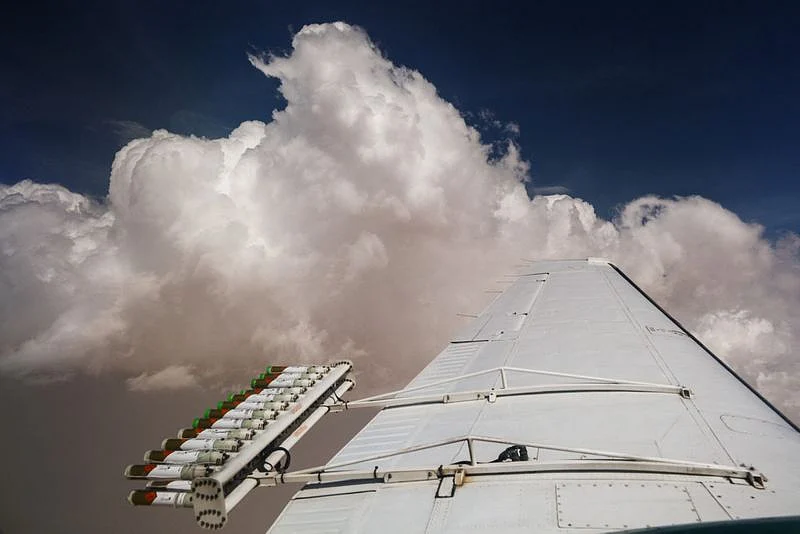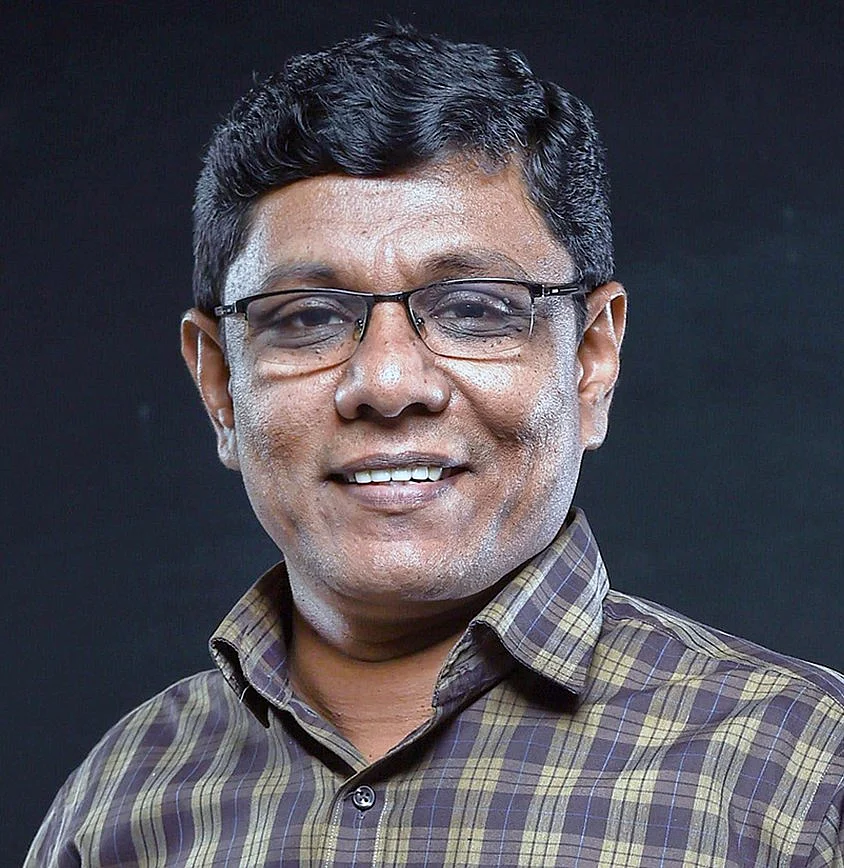An airport employee signals to a twin-propeller Beechcraft plane that is fixed with salt flares, which are fired into a promising cloud to increase condensation and hopefully trigger rainfall, as it prepares to take off on a cloud-seeding mission in Al Ain.
Making rain: Inside UAE's cloud seeding mission
UAE is one of the first countries in the Gulf region to deploy cloud seeding technology
Last updated:
2 MIN READ

Hygroscopic flares are attached to an aircraft during a cloud seeding flight operated by the National Centre of Meteorology. Recent downpours across Al Ain, Ras Al Khaimah, and other eastern regions of the UAE are not just a stroke of luck; they are the result of a sophisticated weather modification technique known as cloud seeding.
Gulf News archives
1/8
2/8
At 9,000 feet above sea level, the plane releases salt flares into the most promising white clouds, hoping to trigger rainfall. The cloud seeding missions are not constrained by seasons and are carried out throughout the year when seedable clouds are detected.
3/8
Cloud seeding flares are seen inside the control room at the National Centre of Meteorology in Abu Dhabi.
4/8
With the assistance of modern technology, the UAE has made rain more probable. It has also increased the total rainfall accumulated in the emirates.
5/8
The UAE is one of the first countries in the Arabian Gulf region to deploy cloud seeding technology, adopting the most cutting-edge technologies accessible worldwide and employing sophisticated weather radar to monitor the country's atmosphere continuously. Aside from using a private plane, customised salt flares have been produced to meet the nature of the situation.
6/8
Data collected helps determine the best possible situation for successful cloud seeding. Once conducive clouds are found, NCM launches aircraft carrying salt crystals, mixed with magnesium, sodium chloride and potassium chloride, which are 'seeded' into clouds.
7/8
An explanatory hologram of the cloud seeding process at the National Centre of Meteorology in Abu Dhabi.
8/8
It is now standard practice for the NCM’s cloud seeding section to use a sophisticated weather surveillance radar (WSR), which is responsible for monitoring the atmospheric pressure around the clock.
Sign up for the Daily Briefing
Get the latest news and updates straight to your inbox
Network Links
GN StoreAbout Gulf NewsTerms & ConditionsReach by GNSitemapContact usPrivacy PolicyGN FocusHave your sayWork with usAdvertise with usGulf News epaperPrinting Services
Download our app
© Al Nisr Publishing LLC 2025. All rights reserved.
